
Rafinesque, Bulletin Botanique 2: 216, 1830
Neotype; Herbarium; Herbarium; Herbarium; Herbarium (as O. humifusa); Herbarium (with O. nemoralis); Herbarium (as humifusa); Herbarium (as humifusa); Herbarium (as O. humifusa); Herbarium; Herbarium; Herbarium (as O. humifusa); Herbarium
See O. humifusa See O. lata See O. mesacantha
Original Description
What is Opuntia cespitosa?
Opuntia cespitosa is a prickly pear in the O. humifusa group of cacti (O. humifusa s.l.). O. cespitosa resembles O. humifusa and has long been overlooked by botanists because it was considered synonymous with that species. O. cespitosa also has many similarities with the western species, O. macrorhiza.
Details
O. cespitosa cladodes generally appear glaucous-gray. Cladodes have 0-2 spines at a few areoles that are either both erect or both deflexed. Only centrals are produced. O. cespitosa does not have strongly retrorsely-barbed spines, which are common in the related O. mesacantha. The spines of O. cespitosa are in contrast with O. humifusa, which lacks spines. Typically, the chains of cladodes are parallel to the ground surface. The cladodes become wrinkled in late summer or fall.
O. cespitosa has yellow flowers with red centers. Filaments are yellow and anthers are pale. The style is white and the stigma is white or pale yellow. The fruit is clavate.
O. cespitosa is tetraploid.
Other Notes
O. cespitosa is the most common Opuntia species in eastern, southern, and midwestern states including AL, AR, CT, GA, IL, IN, MA, MD, MI, MO, MS, NY, OH, VA and WV. O. cespitosa also is found in Point Pelee, Canada. Recent work by Paul D. Adanick shows that this Opuntia occurs in many locations in TN and KY but that it may not be numerous at any specific location. The herbarium of the Academy of Natural Sciences at Drexel University has three specimens from Bucks County, PA labeled O. humifusa and/or O. compressa (herbarium specimens accessible through SERNEC). It has been reported from Hunderston County, NJ. It is often found in rocky situations but also occurs in dry soils.
Various relevant scientific papers have reported on this Opuntia: Majure, 2014; Majure et al., 2012; Majure and Ervin, 2007. O. cespitosa resembles O. macrorhiza and is related to that taxon.
Unlike O. cespitosa, other southeastern Opuntia species almost always have all-yellow flowers.
Also, see Holmes (2016), Morphological and Ecological Characterization of Opuntia Miller on the Coast of South Carolina
The Flora of the Southern and Mid-Atlantic States (2015) reports:
Vegetatively, it is most similar to Opuntia mesacantha ssp. mesacantha, from which this allopolyploid may be partially derived, although floral features are quite different, and O. cespitosa does not have the strongly retrorsely-barbed spines common in O. mesacantha. This species also can be confused with certain forms of O. macrorhiza, another putative parent of O. cespitosa; both species have yellow inner tepals basally tinged red adaxially.

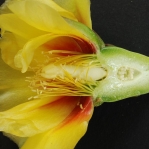
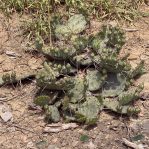
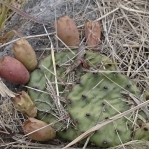
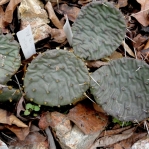
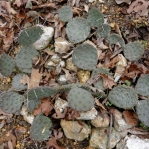
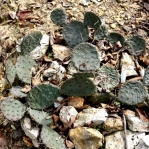
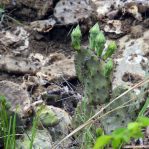
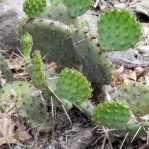
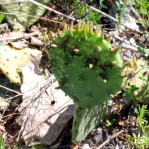
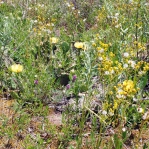
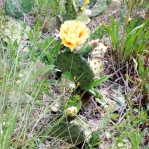
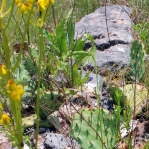
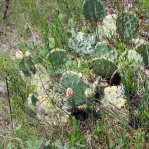
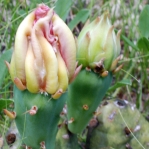
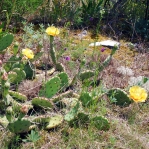
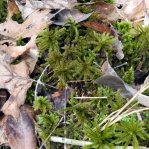
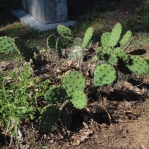
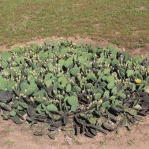
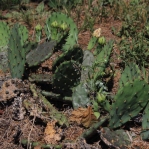
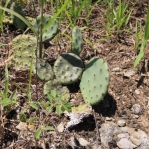
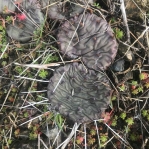
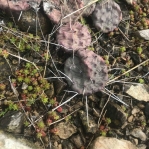
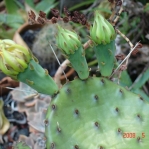
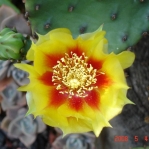
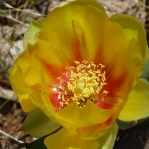
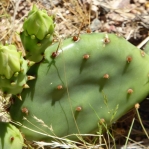
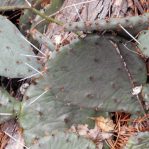
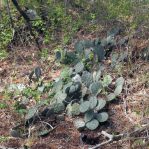
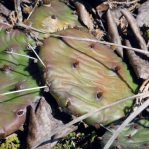

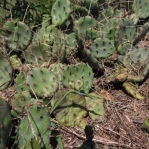
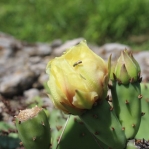
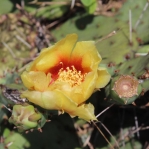
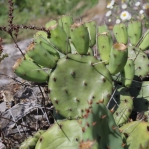
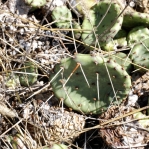
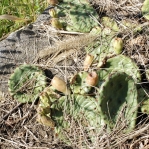

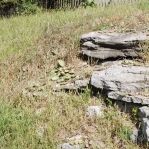
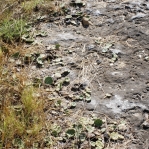
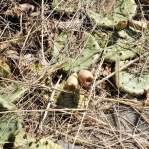

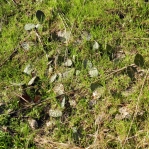
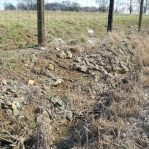
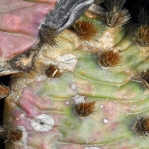
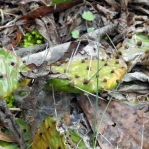
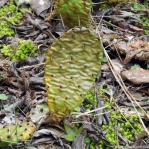
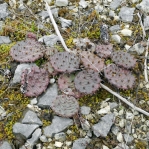
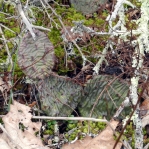
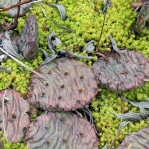
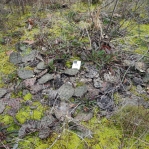
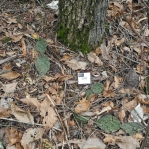
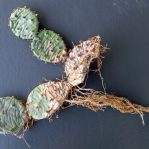
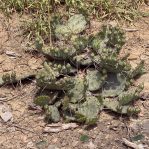
There are cliffs overlooking the Delaware River just N of Milford, NJ, with a large population of what I always assumed to be O. humifusa. However, these plants occasionally exhibit spines. Thoughts?
If it has spines and the base of the tepals are red or orange, or if they have a reddish/orangish tint, it is possible they are O cespitosa.
Hi Botany Bill,
Thanks for visiting our website.
Your description sounds like O. cespitosa to me if it is east of the Mississippi River.
West of the river (somewhere) O. macrorhiza begins. The two are very similar and a colleague calls them all O. macrorhiza, east or wet.
The red in the center of the flower is very telling. Much depends on the size of the plant, large woody plants would not be O. macrorhiza or O. cespitosa.
Joe Shaw
Hi David,
I’ve never seen O. humifusa with spines. So, I’m not sure what to say.
Joe
“Is the only Opuntia that occurs in eastern Canada (far southern Ontario).”
Hey Joe!
I think this anecdote can be revised for both the Kaladar, ON O. fragilis and Thousand Islands, ON O. polyacantha populations.
Hope you are doing well :)
Hi,
Thanks for your note. I think I got this error fixed.
Joe Shaw